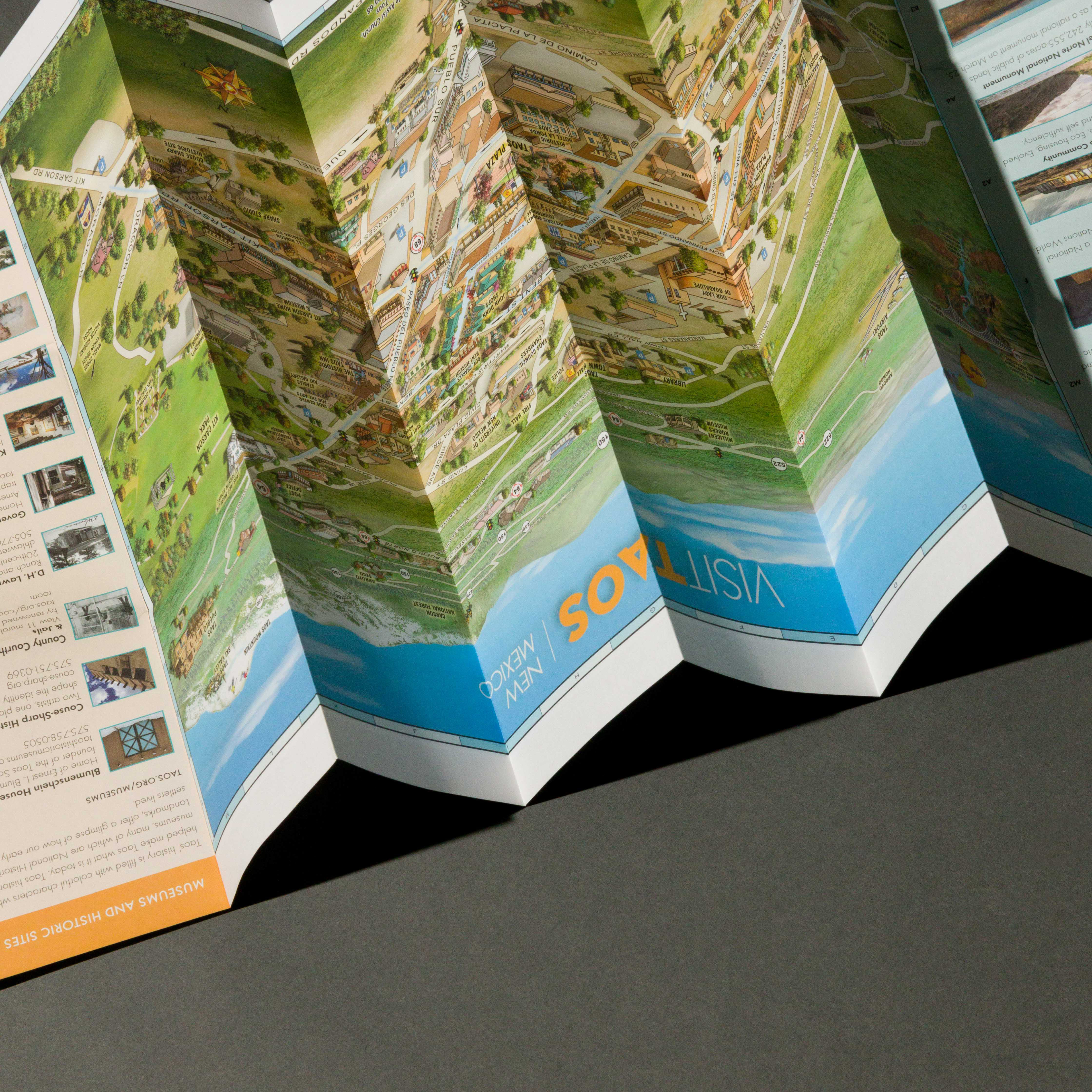How Parks Can Use Printed Pocket-Size Maps to Enhance Visitor Experiences
- Wayfinding on Trails
- #Parks & Recreation
- #Parks
- #Visitor Experiences
Imagine you are out for a walk in your local park. You take a wrong turn, and before you know it, you are entirely lost. You pull out your phone to try and find your way back to the main path, but there's no service. Now what? Hence, this is where a printed pocket-size map comes in handy.
What are printed pocket maps?
Printed pocket-size maps are small maps that visitors can carry while exploring a park. They usually include key landmarks, trails, and other vital information to help visitors orient themselves and enjoy their time in the park.
Why Use Them?
There are many reasons why parks should consider using printed pocket-size maps as part of their marketing strategy. For one thing, they can be a great way to enhance the visitor experience. Visitors have a good experience in the park. In that case, they are more likely to visit again and recommend the park to others. In addition, printed pocket-size maps can be used to promote certain park features that visitors might not be aware of. For example, suppose a new trail or exhibit has recently been added. In that case, the map can be used to highlight these additions and get people excited about them. Finally, printed pocket-size maps can also be used as advertising. Parks can sell advertising space on the back of the maps to local businesses or non-profit organizations.
How to Use Them?
There are many different ways that parks can use printed pocket-size maps as part of their marketing strategy. One way is to distribute them for free at events or at the entrance to the park. Another way is to sell them at the park gift shop or online. Parks can also use them as a membership or season pass package. For example, members could receive a free map when they sign up or renew their membership.
Conclusion
If you want a creative way to market your park, consider using printed pocket-size maps! Printed pocket-size maps offer a variety of benefits for parks looking to enhance the visitor experience and market their facilities more effectively. They are relatively inexpensive to produce, and there are many different ways that they can be distributed.

